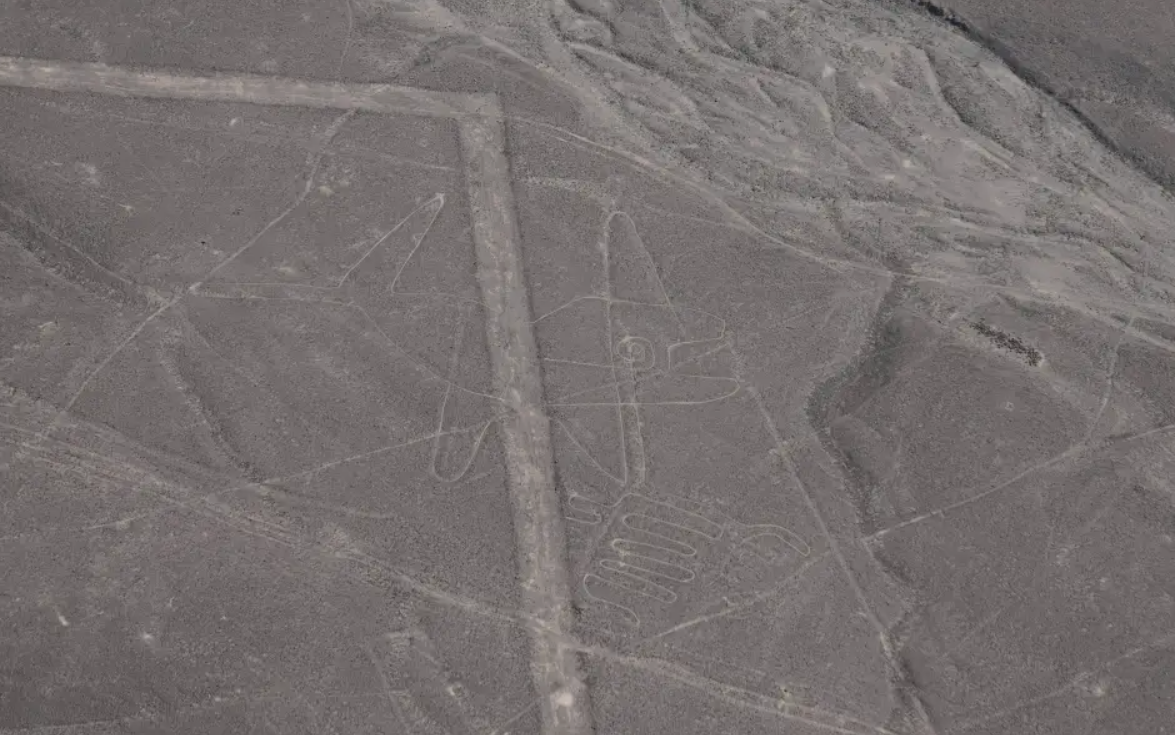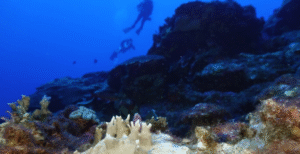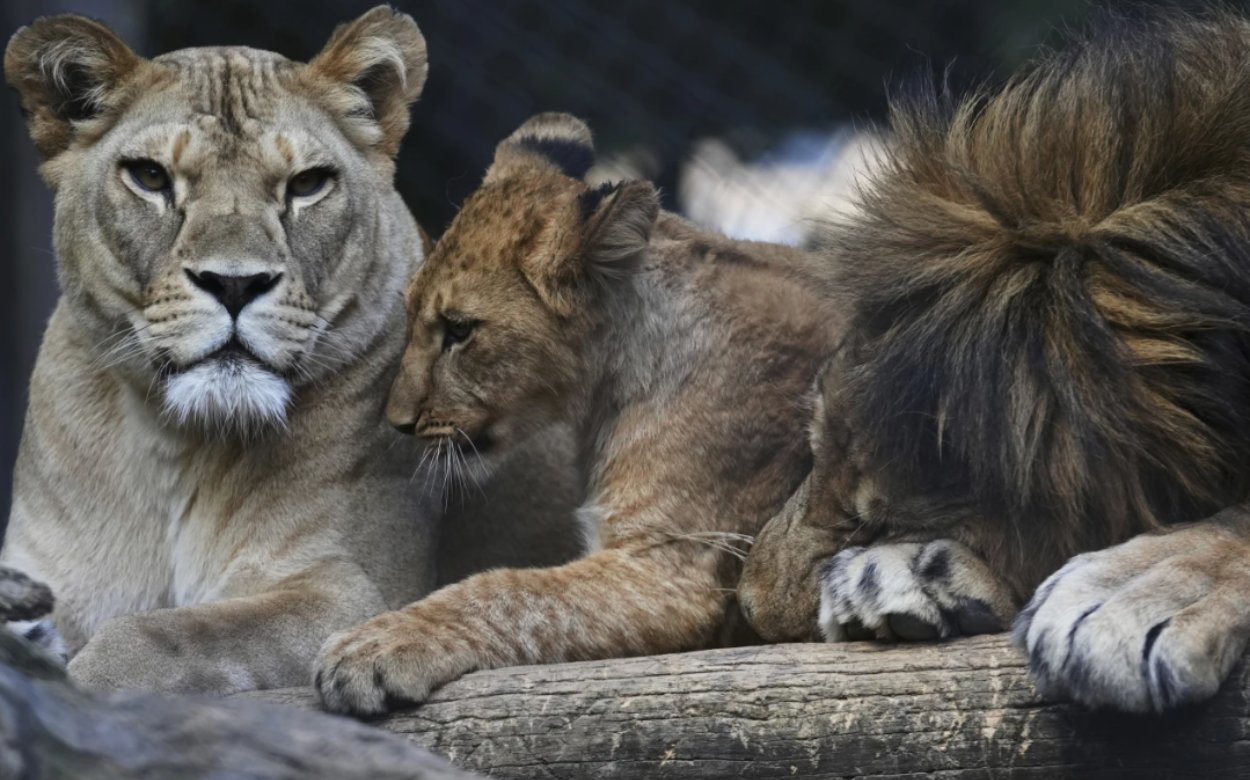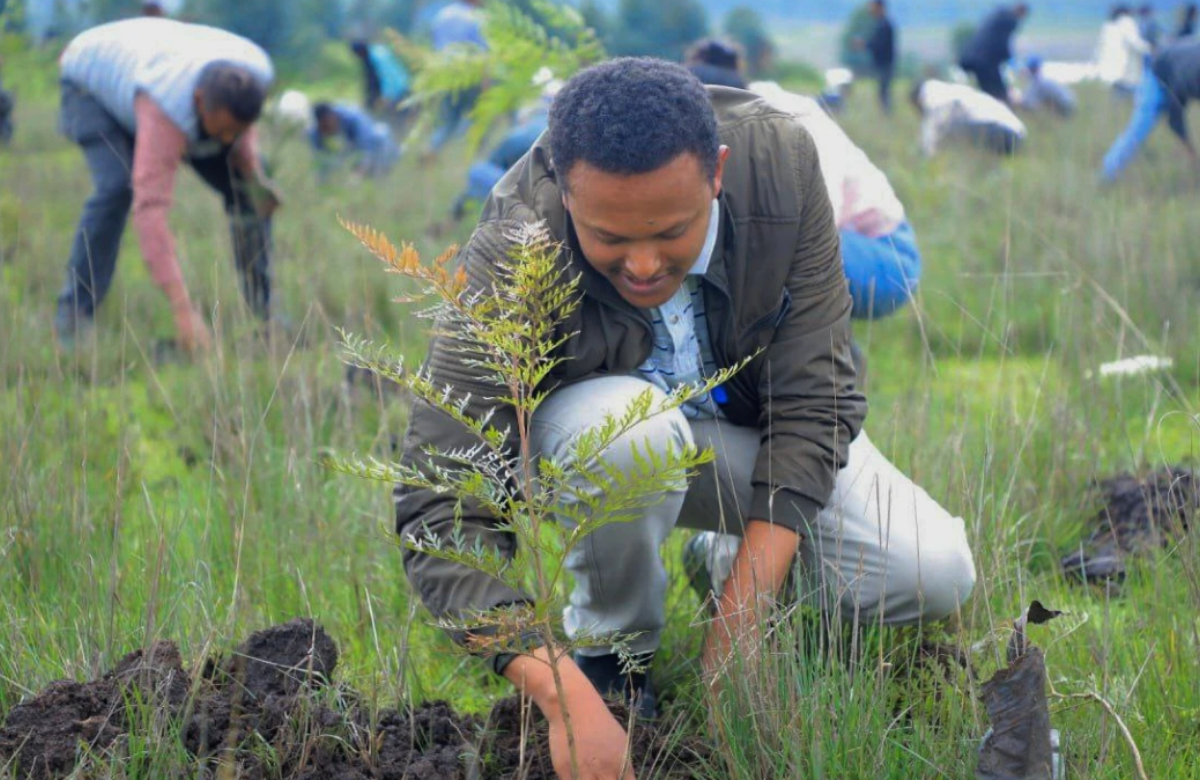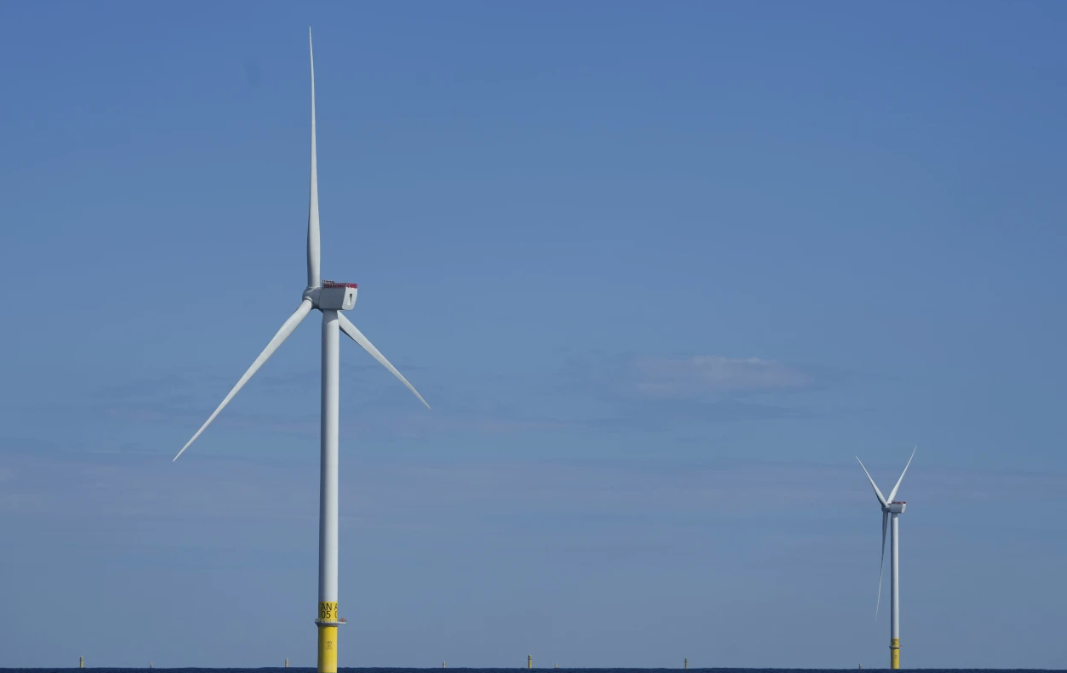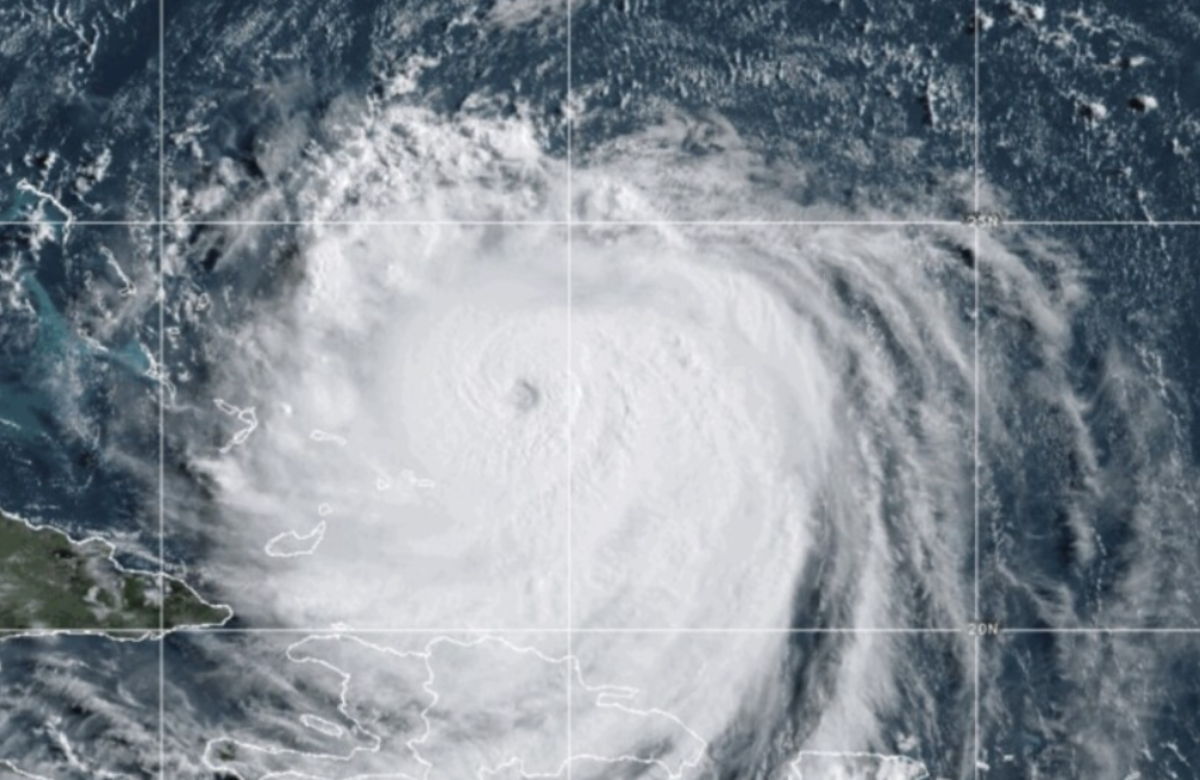Peru’s government has reversed its recent decision to reduce the protected area around the Nazca Lines, following widespread criticism that the move would open the site to informal mining. The culture ministry annulled last week’s resolution that had cut the protected zone by 42%, or about 2,400 square kilometers (926 square miles), and allowed miners to apply for permits in previously restricted areas.
The original protection boundaries, covering 5,600 square kilometers (2,162 square miles), will now remain in place. The ministry also ordered an update to the site’s management plan within 10 days and announced the creation of a technical panel, which will include government officials, academics, UNESCO representatives, and civil society members to develop future conservation strategies.
The Nazca Lines, part of a UNESCO World Heritage Site, are ancient geoglyphs etched into Peru’s desert over 1,500 years ago, located within one of the country’s most delicate desert ecosystems.
Mariano Castro, Peru’s former vice minister of the environment, said the government reversed its decision due to strong national and international opposition. He noted that the government admitted it had not properly consulted the public beforehand but stopped short of admitting the measure was wrong, despite evidence of illegal mining threatening the site’s integrity.
The culture ministry also plans to establish a new entity to manage the site and ensure transparency through technical studies.
Environmental lawyer César Ipenza, who monitors the situation closely, welcomed the creation of the technical panel but remains wary. He pointed out that local authorities have pushed for shrinking the protected boundaries and that miners may continue to pressure the government to allow mining.
Ipenza expressed concern about the growing presence of informal mining in the area, despite an official ban on mining activities. He said the government has not taken sufficient action to remove illegal miners, which has fueled demands to legalize their activities.
Following the initial announcement, UNESCO requested more information from Peruvian authorities but has not provided further comment.
